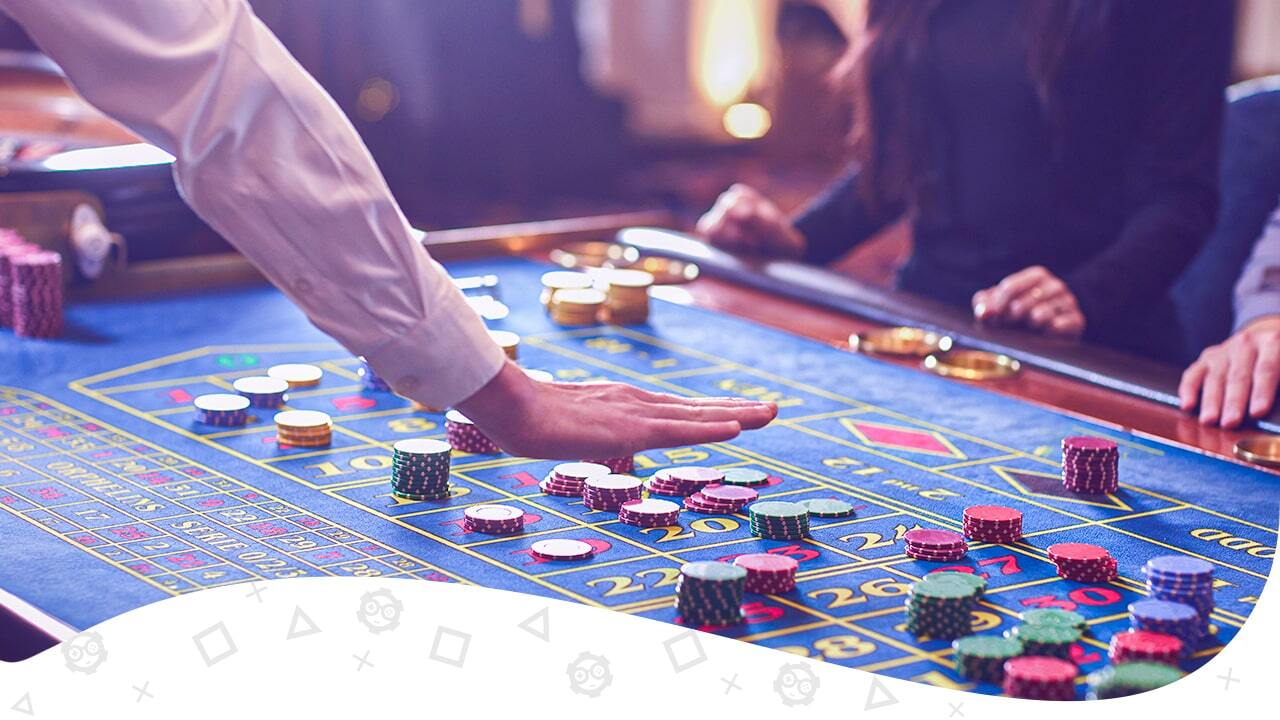
Gambling games have long captivated people’s attention, drawing gamblers into a world filled with chance, planning, and the allure of excitement. Each game is carefully crafted not just for fun, but also to elicit particular emotional responses that keep participants involved and interested. Understanding the reasons behind these designs reveals much about how human psychology plays a vital role in the gaming experience.
From the bright lights and lively sounds to the complex layering of systems and incentives, casino games are designed to create an atmosphere of excitement and anticipation. Game designers leverage psychological principles to influence participant behavior, whether through the use of big prizes, near-miss scenarios, or social interactivity. By examining these aspects, we can better appreciate how casino games fulfill not just a want for entertainment, but underlying psychological needs for thrill and risk.
Grasping Player Actions
Casino games are designed with a profound comprehension of gamer psychology, which is vital for drawing in and retaining players. The rush of the game, coupled with the expectation of winning, creates a formidable attraction. Game designers make use of elements like sonic elements, colorful graphics, and immersive gameplay to engage attention and elicit emotional responses. These sensory elements enhance the overall experience, making players feel more attached in the game.
Another significant aspect of player behavior is the idea of risk/reward dynamics. Casino games often weigh risky situations with the potential for significant rewards, which can cause the event known as near-miss phenomenon. When players come within reach to winning, the brain produces dopamine, bolstering their behavior and encouraging them to persist playing in search of that fleeting win. This cycle of hope and frustration plays a key role in how games are structured and promoted.
Lastly, social factors also play a critical role in player behavior at casinos. Many games are made to be played in groups or alongside other players, nurturing a sense of community and shared experience. The interaction inherent in games like baccarat enhances enjoyment and can lead to prolonged gaming periods. Designers take advantage on this by creating environments that invite players to stay, socialize, and come back, making the overall casino experience more inviting.
The Role of Imagery and Audio
Imagery and sound play a significant role in elevating the gambler’s experience within casino games. Designers utilize bright colors, striking graphics, and engaging animations to grab players’ attention and maintain their interest. The use of themes, such as exploration or luxury, helps create an immersive atmosphere that takes players into another world. By appealing to the senses, these elements add to a heightened emotional response, encouraging players to interact more deeply with the games.
Sound design is equally important in enhancing the experience of gambling games. uu88 The mix of ambient music, sound effects for successful combinations, and ambient noises creates an auditory landscape that keeps players fascinated. Sounds associated with wins, such as ringing bells or festive music, evoke feelings of excitement and satisfaction, encouraging players to keep playing. These audio cues are strategically placed to enhance the excitement of the game and create a more engaging experience.
Additionally, the alignment of imagery and audio is important for reinforcing the game’s overall concept and atmosphere. Each element should coordinate harmoniously to create a unified experience that pulls players in. The effective use of this integration not only enhances user enjoyment but also boosts the chances of return play, as players become more engaged in the immersive world that the casino games offer. This thoughtful integration of imagery and audio ultimately enhances player engagement and loyalty.
Reward Systems and Engagement
The design of casino games significantly relies on reward systems to ensure players involved and coming back for additional experiences. These systems are rooted in psychological theories that exploit human nature and desire. Players are often driven by the excitement of winning, which is supported by instant responses through the game’s design. This prompt satisfaction not only improves the overall experience but also fosters a sense of success, encouraging players to continue participating in hopes of greater rewards.
Casinos utilize various reward structures, such as jackpots, bonuses, and multipliers, to captivate participants. These elements create a layer of thrill that maintains interest. Additionally, the unpredictability of outcomes plays a crucial role in keeping interest. The intermittent reinforcement schedule, where successes are random but happen often enough, keeps players on edge and motivated to keep playing. This cycle of hope and anticipation is essential to the effectiveness of gambling experiences.
Furthermore, community aspects, such as competitive events and multiplayer features, boost the participation factor by leveraging the competitive nature of players. The communal aspect of playing with fellow participants can amplify the excitement of winning and create a sense of community within the casino. By combining these community elements with effective incentive structures, casino games not only offer entertainment but also nurture a deeper connection among participants, reinforcing their commitment to the gaming experience.